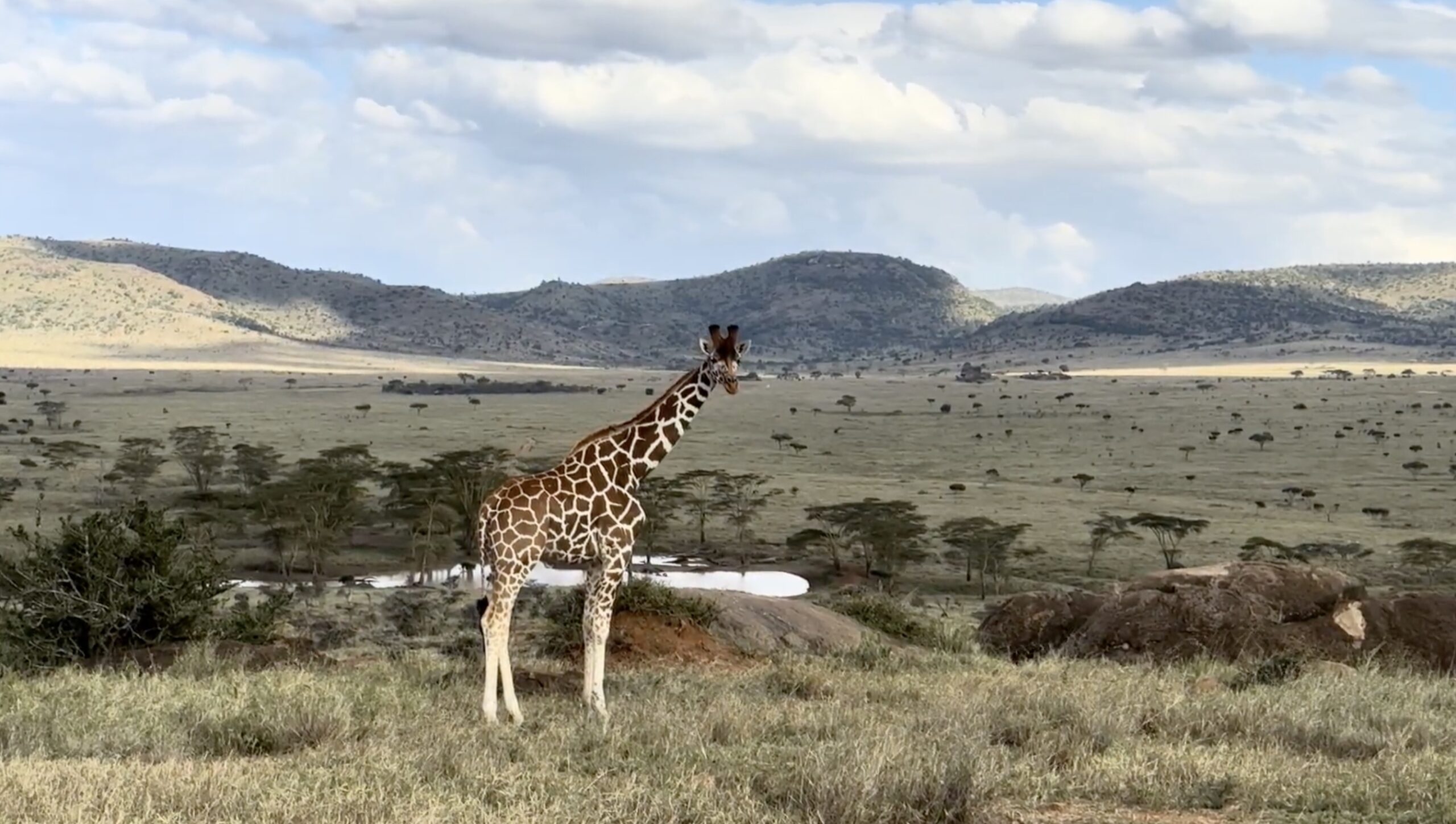
Letting grass get as tall as it can possibly get before grazing is flawed on several fronts, and one of those is for Soil Organic matter. Proponents of letting all the grass get as tall as it can get have often cited soil organic matter as a reason for that sort of management. I understand why they would feel that way; when organic matter sits on the ground where we can see it, it takes longer to decompose if it is stemy and lignified. I have not liked this idea for a while now. A recent study that has been doing the rounds in this group sheds some light on why. Here is a quote from the relevant section.
“As plants mature and approach senescence, their C:N ratios increase and their biomass contains proportionally more structural (i.e., lignin) than soluble (i.e., simple sugars) components. Organic soil inputs with higher C:N and structural components reduce microbial carbon use efficiency (CUE), which often limits microbial growth and turnover and ultimately reduces the proportion of C retained in the soil versus C lost via respiration (Cotrufo et al., 2013; Kallenbach et al., 2016; Tao et al., 2023).”
They are saying (if I am correctly navigating the acronyms and double negatives) that it is the opposite of this common-sense idea. When we graze vegetative grass, we feed and stimulate the microbes (either with high-energy compounds from root exudates or with easily digestible soft, vegetative leaves and soft vegetative roots). When we do that, the total amount of Carbon that remains in the soil is ultimately higher than when we graze reproductive grass.
The relevant section of this paper is titled “Input Quality.” What is the highest-quality vegetation we can “input” into the soil if we are hoping to increase soil organic matter? This is what we are talking about. Are stems and lignified roots “high-quality inputs?” They have something to say about that:
“We hypothesize three general ways in which grazing positively influences input quality, microbial CUE, and subsequent SOC formation. First, defoliation of mature plant tissue encourages growth of newer leaves with greater N content, reducing C:N and improving plant litter quality by an average of 25% (Wang et al., 2016). In turn, higher quality litter enhances decomposition rates and increases microbial CUE (grazing → EE4 → P3; Li et al., 2022; Su et al., 2022; Sun et al., 2018). Second, grazers transform defoliated plant material into manure, returning a significantly higher quality organic input with C:N much closer to that of soil (grazing → EE4 → P3; Soussana & Lemaire, 2014). Third, defoliation and subsequent regrowth of plants during the vegetative phase can defer senescence, thereby increasing higher quality plant inputs to the soil for longer periods of time (grazing → EE4 → P1 + P3; Bremer et al., 2001; Nowak & Caldwell, 1984; Shen et al., 2022).
First, they say that vegetative material is better than reproductive material for soil organic Carbon. But more than that, the “inputs” that best feed the microbes start to sound a lot like the inputs that best feed our livestock. I would suggest that this is not a coincidence.
The same shortish “grazing lawn” (say 6-18 inches high and very thick) best feeds our livestock and best feeds the microbes that build soil organic matter. I would suggest that all three components of this grazing system (soil microbes, vegetation, and grazing animals) prefer this structural type because it was the most common grass height over the last tens of millions of years. All parties got used to it. This is what I mean by “short grass is more natural than tall grass.”
